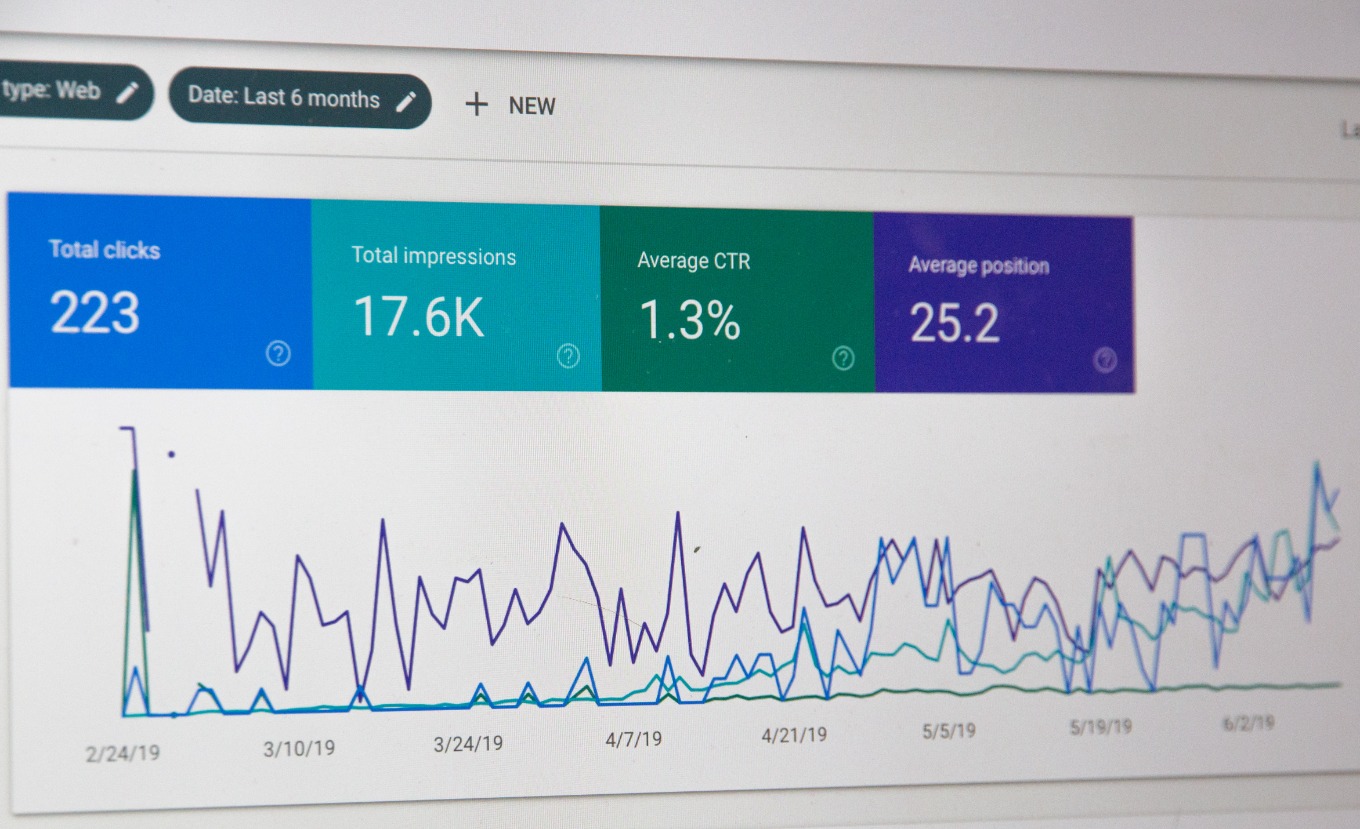Freight Bill Factoring Companies Industry Report: Key Findings and Essential Insights
In the freight and logistics industry, the financial intricacies often prove as crucial as the physical transportation of goods. One such financial practice that is of paramount importance is freight bill factoring, a transaction where a business sells its invoices to a third party (a factoring company) at a discount. This practice provides immediate capital to the business, which aids in managing cash flow, turning over inventory, and meeting other immediate financial needs. This exploration of the freight bill factoring industry presents a comprehensive analysis of its current landscape, recent trends, and projected growth.
Freight bill factoring has its roots in the broader factoring industry, which traces its history back to the ancient Roman Empire. However, its application in the freight and logistics industry took flight only in the modern economic landscape. Its emergence is tied to the time value of money principle - the notion that money available at the present time is worth more than the same amount in the future. This paradigm is at the heart of freight bill factoring, as it provides businesses with immediate access to capital, albeit at a discounted rate.
In recent years, the freight bill factoring industry has drawn substantial interest, illustrated by a significant increase in the number of factoring companies. This surge can be attributed to the industry's unique financial dynamics and the ever-increasing demand for immediate liquidity. As per a report by IBIS World, the factoring services industry in the US grew by 3.3% annually from 2016 to 2021. Within this, freight bill factoring was a significant contributor to this growth, owing to the unique cash flow challenges faced by businesses in the freight industry.
Commonly, freight bill factoring follows two distinct models: recourse and non-recourse factoring. The former is characterized by the business taking on the liability of unpaid invoices, while the latter transfers this liability to the factoring company. Both models have their pros and cons, and the choice largely boils down to a company's risk appetite, cash flow requirements, and overall financial health.
Through the lens of game theory, an economic theory that studies decision-making, we can gain a deeper understanding of the dynamics at play in choosing between recourse and non-recourse factoring. The principles of game theory highlight that the choice is essentially a strategic interaction, where the 'payoff' is the immediate cash flow for the business and the 'strategy' is the type of factoring chosen. In essence, businesses must weigh the immediate benefit of cash flow against the potential future costs associated with unpaid invoices.
As we look to the future, the freight bill factoring industry is poised for continued growth, driven by factors such as increasing globalization, evolving consumer behavior, and the rise of e-commerce. These trends are leading to an increasing volume of freight, which in turn is driving demand for freight bill factoring services. However, the industry also faces challenges, such as the risk of bad debt and the increasing regulatory scrutiny of financial practices.
Speculating on the future, the advent of technology such as blockchain could revolutionize the freight bill factoring industry. Blockchain’s decentralized, transparent, and secure nature could help mitigate the risks associated with bad debt and fraud, while also streamlining the factoring process. However, this remains a largely untapped area, and its full potential is yet to be harnessed.
In summation, the freight bill factoring industry is a critical cog in the global freight and logistics machinery. Its ability to provide immediate liquidity makes it a powerful tool for businesses navigating the fast-paced and unpredictable terrain of the freight industry. As businesses continue to globalize and the demand for freight services grows, the importance of freight bill factoring is set to rise in tandem. However, the industry must also navigate the challenges that accompany this growth, and it is here that the true test of its resilience lies.
This exploration of the freight bill factoring industry presents a comprehensive analysis of its current landscape, recent trends, and projected growth.






